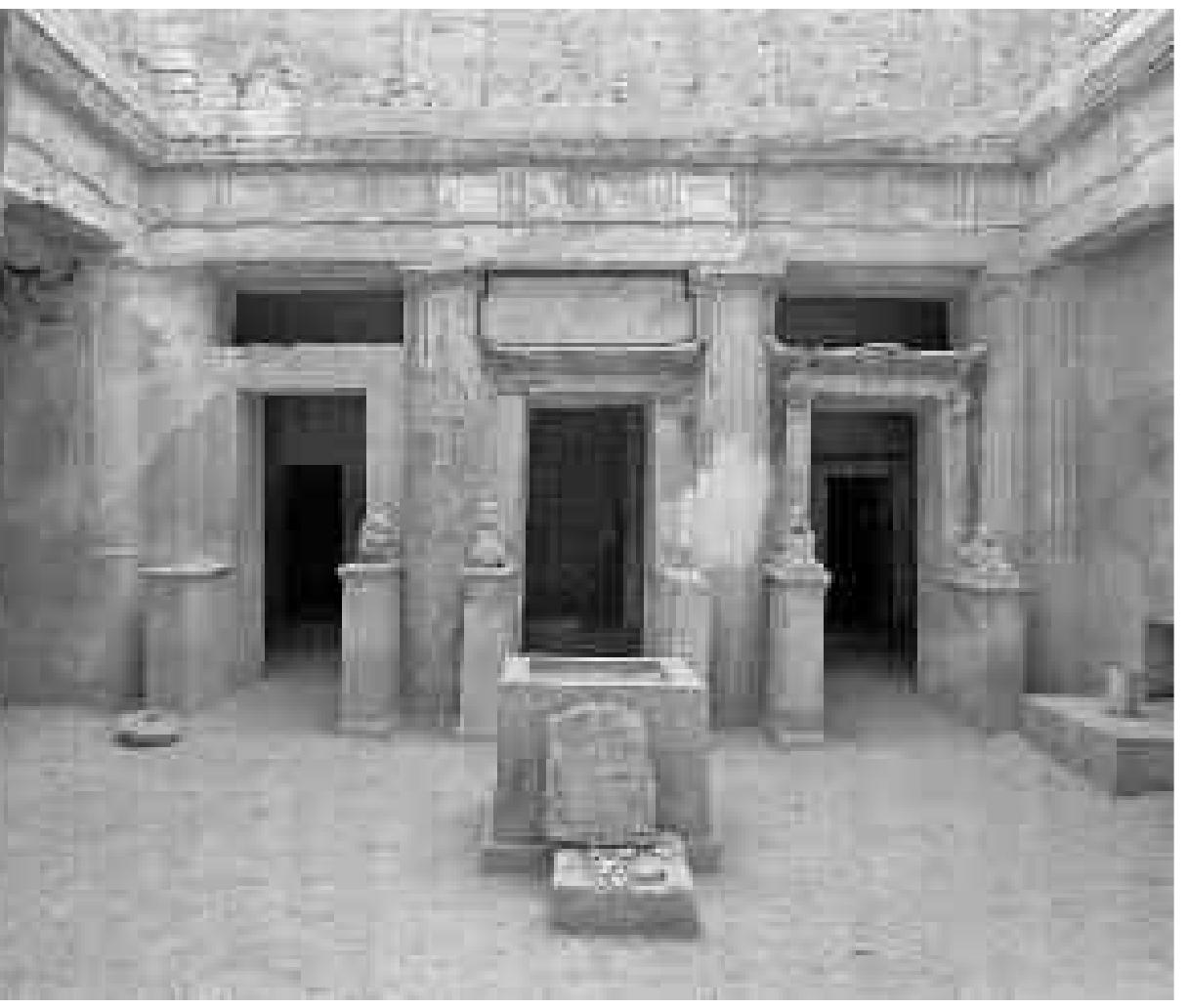In the arid expanses of the Sahara Desert, a remarkable geological find once drew global attention—a massive fragment of Mars, ejected from the Red Planet’s surface by a violent cosmic impact and eventually landing on Earth. Weighing more than most meteorites and boasting an extraordinary scientific value, the specimen was hailed as the largest Martian rock ever discovered on our planet. Its journey from a remote corner of Niger to the international market, however, has now become the subject of a high-profile investigation.
Niger’s authorities have initiated an official investigation into the $5 million transaction involving this remarkable meteorite, bringing up concerns about ownership rights, export guidelines, and the moral obligations related to the trading of space material. For a country that is rich in geological resources yet faces economic difficulties, the situation highlights critical matters of national heritage, resource governance, and the expanding global market for unique celestial artifacts.
The stone, formally recognized as a meteorite from Mars due to its chemical makeup and isotopic markers, is thought to have reached Earth thousands, if not millions, of years in the past. It was found in a scarcely populated area of Niger, where seekers of meteorites, local wanderers, and global collectors occasionally come together searching for precious space stones. These kinds of meteorites can command significant prices in the private sector, with values shaped by dimensions, uniqueness, scientific relevance, and visual attractiveness.
Based on various accounts, the transaction being discussed involved an individual purchasing the item for $5 million, which is an unmatched amount in the trade of meteorites. Although the purchaser’s identity is undisclosed, this sale has surfaced several issues in Niger regarding the legality of the rock’s export, the dealer’s authorization to sell it, and if such an object ought to be considered private property or part of the nation’s cultural and scientific heritage.
Meteorites, though not conventional mineral resources, occupy a gray area in legal terms. Some nations explicitly regulate their collection and export, treating them as national property to be preserved in museums or research institutions. Others take a looser approach, allowing individuals to claim ownership if they find them on their land. In Niger’s case, laws exist to protect natural heritage, but enforcement has historically been inconsistent, especially in remote desert regions where government presence is minimal.
The ongoing research aims to establish the precise journey of the Martian rock—from its initial discovery within Niger’s borders to its ultimate purchase overseas. Officials are assessing if export permissions were issued, if the rock was illegally transported without valid paperwork, and if intermediaries took advantage of legal gaps to introduce it into the profitable global meteorite market.
This scrutiny comes amid broader debates about the ethics of commodifying objects with immense scientific value. Researchers stress that meteorites—especially those from Mars—are more than just collector’s items. They hold irreplaceable data about planetary history, geological processes, and the potential for ancient life beyond Earth. When such specimens enter private collections, access for scientific study can become limited, potentially delaying or obstructing discoveries that could benefit humanity as a whole.
For Niger, the matter is intertwined with national dignity and independence. In recent years, the nation has encountered difficulties regarding the utilization of its mineral resources, ranging from uranium to gold. The lack of proper compensation or supervision for a unique extraterrestrial find has sparked public demands for enhanced safeguards over the country’s natural and scientific resources. Some individuals within Niger’s academic circles are advocating for the government to set up an official meteorite registry, allocate resources for training local geologists, and form partnerships with international scientists to guarantee that future discoveries stay available for research.
The $5 million figure attached to this sale has only heightened tensions. While meteorite enthusiasts view such prices as reflective of market demand, critics see them as evidence of an unregulated trade that allows a few individuals to profit enormously from resources that arguably belong to all. The global meteorite market, with auctions held in Europe, the United States, and the Middle East, is often shrouded in secrecy, with many sales conducted privately between collectors.
Interestingly, the fascination with Martian meteorites extends beyond scientific curiosity. Their allure is deeply tied to humanity’s long-standing fascination with Mars itself—a planet that has inspired countless myths, novels, and space exploration missions. Owning a piece of Mars is not just about rarity; it is about possessing a tangible connection to another world, a fragment of cosmic history that predates humanity. This blend of romance, science, and exclusivity drives collectors to pay extraordinary sums, further complicating questions of ethics and legality.
In response to the ongoing investigation, some international institutions have expressed interest in acquiring the rock for public display, should Niger reclaim it. Museums with planetary science departments argue that such a specimen should be housed in a facility where it can be studied and appreciated by the public, rather than locked away in a private collection. Others suggest that even if the rock remains in private hands, agreements could be made to loan it periodically to researchers or exhibitions.
The case has also led to talks on the necessity for more robust international oversight regarding the sale of meteorites, akin to treaties that safeguard cultural treasures and threatened animals. Proponents of these rules claim that meteorites—particularly those with significant scientific value—ought to be viewed as part of the collective inheritance of humanity, with distinct rules on the manner in which they may be marketed, researched, and shown. Critics argue that overly strict regulation might inhibit exploration, deter private funding, and drive the market underground.
Currently, the probe into the situation in Niger is ongoing. The officials are said to be locating witnesses, examining export documents, and seeking guidance from global specialists. Although the result remains unknown, this incident has clearly highlighted that meteorites are more than mere novelties. They are fragments from different realms, holding the mysteries of the history of the solar system—and possibly insights into the beginnings of life.
Whether the $5 million Martian rock will be returned to Niger, remain in private hands, or end up in a public institution remains to be seen. What is clear, however, is that its journey from the Martian surface to a Saharan desert and into the heart of a legal and ethical debate underscores a truth that transcends borders: our planet is not the only one with a story to tell, and the fragments that fall to Earth are part of a much larger narrative—one that belongs to all of us.




